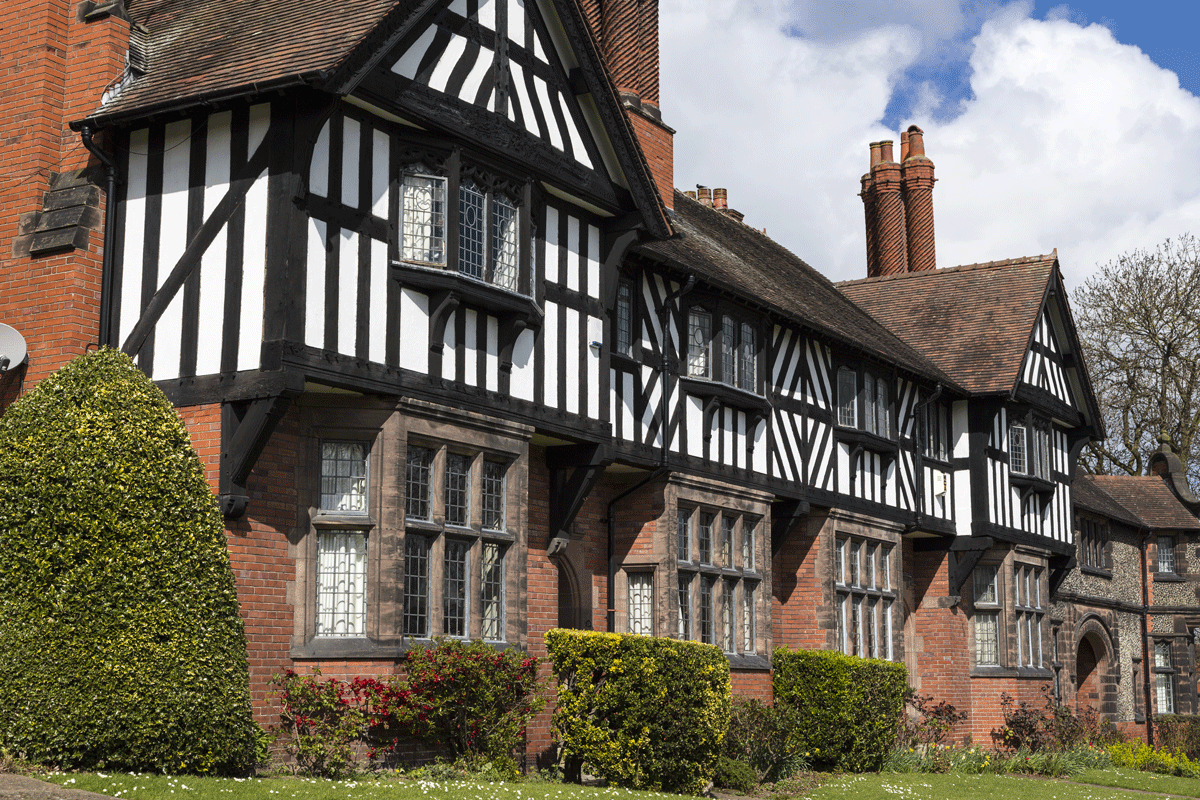
Top Things You Need To Know About Listed Buildings
What is a listed building?
A listed building is one that has been placed on one of the four statutory lists maintained by Historic England, historic environment Scottland, and in Wales and historic Northern Ireland. A listed building may not be demolished, extended, or altered without special permission from the local planning authority.
There are three types of listed buildings and they are:
- A Grade l – Buildings of exceptional interest.
- Grade ll* – Particularly important building of more than special interest.
- Grade ll – Buildings that are of special interest, warranting every effort to preserve them.
How to know if your buildings are listed?
You are able to check if the property is listed by viewing the national heritage list for England.
If you are planning to buy a listed building, a full building survey (RICS level 3) is recommended. And these surveys are tailored to each individual property and cover everything that is possible to access and assess.
When building on a listed property you will firstly need to get both planning permission and consent. So you will then need patience, stamina, and a good architect. This is because there’s a lot that goes into building on a listed property.
What happens if you don’t get consent?
Carrying out building works to a listed building or changing it in any way without consent can result in court action and legal penalties. And it is also illegal to fail to comply with an enforcement notice.
Because of how much more work it is renovating or trying to get permission, it can cost between 30-50% more to make changes to a listed building than a normal one.
Listed buildings account for about 2% of English building stock. And in March 2010, there were about 374,000 list entries, of which 92% were grade ll, 5.5% were grade ll* and 2.5% were grade l. So it’s estimated that there are about 500,000 actual listed buildings in England.
If your house is Grade I or Grade II* listed it may be appropriate to use traditional paints with white lead pigment or high solvent content. However, their toxicity means they are restricted by environmental legislation and their use permitted only under licence.






